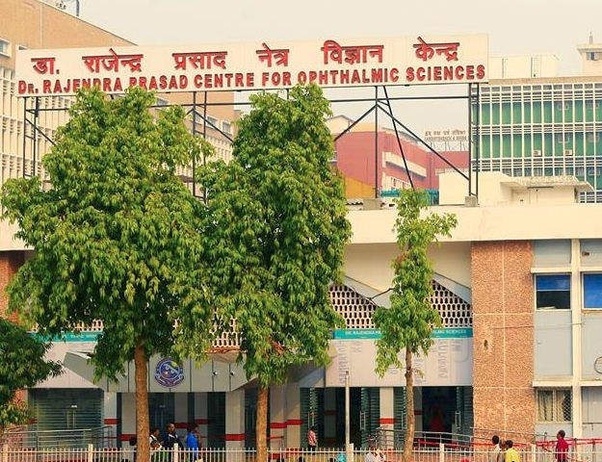
Retina Rounds in Unit 1
UNIT 1
· Prof GARG’s Fundology:- HMD: (Heredofamilial Macular Dystrophy : not degeneration)
- Bilateral
- Macular dystrophy: FR dull with hypo/hyper pigmentation
- Typical shin/silvery shin at macula
- In young pt with vascular occlusion, always r/o vitreous cells to r/o inflammatory causes.
- Tobacco dust = Shafer’s Sign is not important in:
- uveitis,
- trauma,
- intraocular surgery
- VH
- Mild cylinder does not matter more after spherical of 4D. (1DC in 4DS makes difference.)
- In patients with high risk of RD, laser can be done before cataract surgery.
- In PRP, Loss of central vision also may result from exacerbation of macular edema. Thus, if possible, macular focal laser should be performed before PRP when both are indicated.
- If NVI is there, there is no need to look for NVA.
- 1DC is significant in 4DS.
- The macula, area centralis, has a diameter of about 5.5 mm and is defined histologically by the presence of more than 1 layer of ganglion cells. Clinically one uses the presence of yellow carotenoid pigments that are present in Henle's layer to identify the macula. The correlation is not perfect however than the clinical definition is not as precise as the histologic one.
The fovea is a depression in the center of the macula that measures about 1.5 mm in diameter. The center of the fovea (foveola) resides usually about 4.0 mm temporal and 0.8 mm inferior to the optic nerve head. There are no ganglion cells in the fovea but only glial cells and Muller cells in the area of the fovea referred to as the foveola which measures about 350 microns in diameter. There is a foveal avascular zone or capillary-free zone that is about 400 microns in diameter.
- CRAO: 20% emboli, rest thrombi, mechanical, vasculitis, trauma
BRAO: 90% Emboli, rest intraocular inflammations such as toxoplasmosis or herpes retinitis (the acute retinal necrosis syndrome) can lead to BRAO.
- In an arterial obstruction the retinal arteries distal to the blockage appear thin and attenuated. The blood column may be interrupted in both the distal arteries and the corresponding draining veins. This phenomenon has been labeled ‘‘boxcarring.’’
- It is of paramount importance that giant cell arteritis be ruled out in all patients older than age 50 with a CRAO. (not BRAO) With the exception of corticosteroid treatment for giant cell arteritis, prophylaxis against arterial obstructions is not generally given.
The risk of bilaterality in retinal arterial obstruction is approximately 10%.
- CRAO:NVI 15%
BRAO: NVI very rare
BRVO: NVE 30%, NVD 10%, NVI 1% ( total neovascularization risk 40% from which 60% develop VH)
CRVO:
- Hypertension, cardiovascular disease, increased body mass index, and glaucoma are risk factors for a BRVO. Approximately 10% of patients with a BRVO will develop a retinal vein occlusion in the fellow eye.
A nonischemic BRVO is defined as having less than five disc areas of retinal capillary nonperfusion, as documented by fluorescein angiography. An ischemic BRVO is defined as having more than five disc areas of retinal capillary nonperfusion.
- Hypertension, diabetes mellitus, and glaucoma are risk factors for a CRVO.
A nonischemic CRVO is defined as having less than 10 disc areas of capillary nonperfusion on fluorescein angiography, whereas an ischemic CRVO is defined as having greater than 10 disc areas of capillary nonperfusion. Clinically, patients with an ischemic CRVO have poor vision, an afferent pupillary defect, and extensive intraretinal hemorrhages.
- Cytoid bodies indicate that RD is old. They occur due to proliferation of muller cells.
- The prevalence of endophthalmitis is 1.4% after intravitreal triamcinolone injection. However, this also includes cases of pseudoendophthalmitis. Excluding pseudoendophthalmitis, the prevalence is approximately 0.6%.
- compiled & published by Dr Dhaval Patel MD AIIMS
